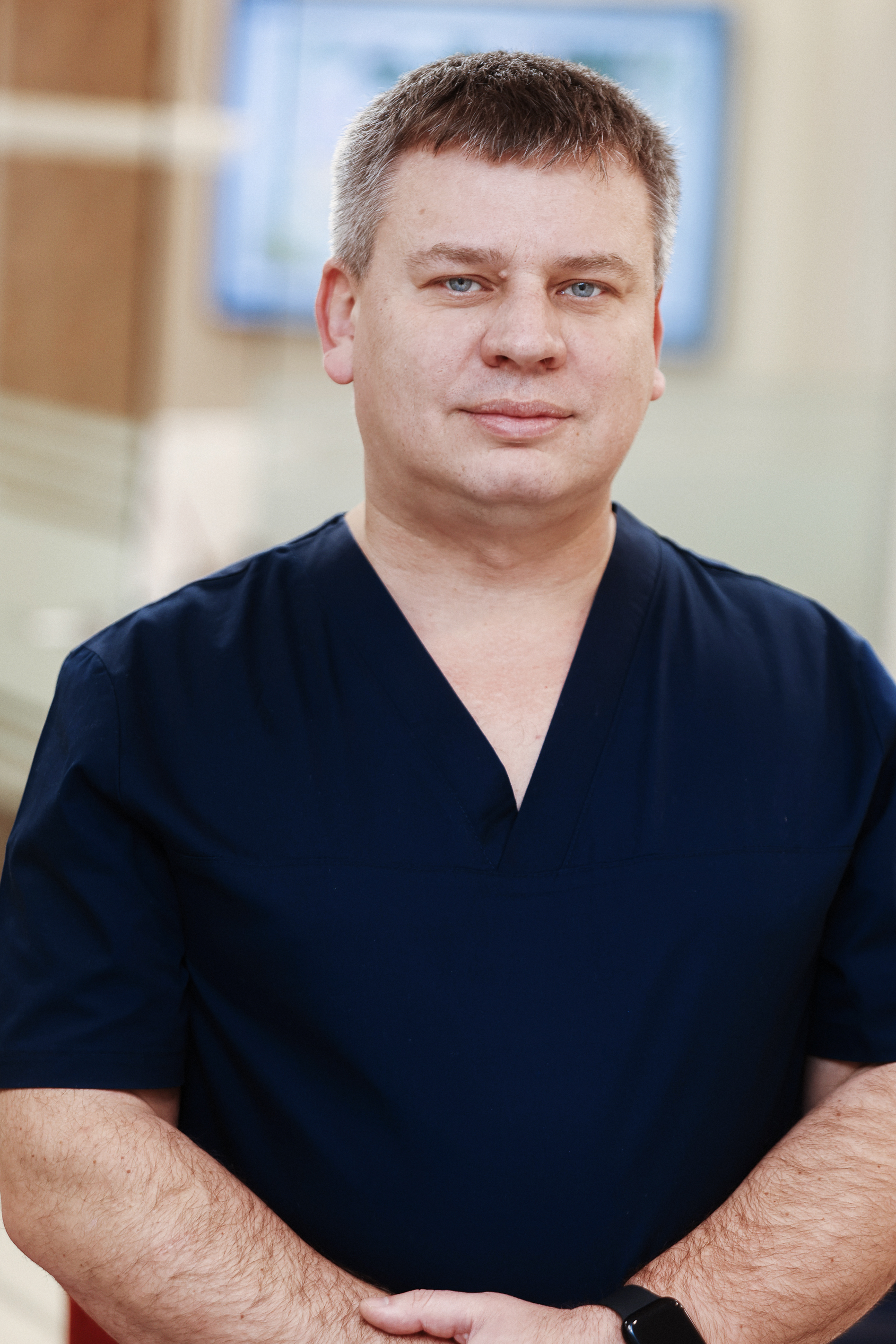Hypermetropia is the disease characterized by impaired visual acuity when looking at both short and long distances and constant tension of the eye lens muscles. People suffering from hypermetropia often complain of headaches and rapid eye fatigue. Vision impairment is the reason to visit a doctor, as only a doctor can find out how to eliminate the symptoms in each case.
- As a rule, patients have no complaints when they have the mild degree of hypermetropia.
- In case of the moderate hypermetropia, distance and near visual acuity can be preserved, but there are already complaints of headaches, pain in the superciliary arch and rapid fatigability during prolonged visual load. Patients are more comfortable working in conditions with more intense light, while the distance for working at close range is increased. Most often, these complaints occur at the age of 30–35, when the functional reserves of the eye lens are reduced.
- In case of high-grade hypermetropia, visual acuity is reduced both far and near, a patient experiences frequent headaches, cloudy vision, and sandy-gritty sensation. Visual load at a short distance is impossible.
Hypermetropia in children can be a normal variant, since the eye of a little child is usually shorter than that of an adult; this is called physiological farsightedness.
Over time, the eye grows and such a hypermetropia decreases. Therefore, an ophthalmologist assesses the degree of hypermetropia and the need for correction with glasses at scheduled examinations at 6–9 months and at 3 years of age. Congenital hyperopia in children is considered separately, in which the anteroposterior size of the eye can be very small. In this case, there is a high chance of developing heterotropia or amblyopia (decreased visual acuity as a result of the lack of consistent vision correction).
There is no treatment for hypermetropia, as it is not a disease, but a refraction anomaly.
As a rule, it is performed with glasses and contact lenses on a regular basis.
An ophthalmologist will prescribe the correction based on the degree of hypermetropia. For children, glasses have to be prescribed for medium and high degree of hypermetropia, especially if there is heterotropia or amblyopia. If the visual impairment in question is diagnosed in an elderly person, then correction with glasses or contact lenses will be the most effective way. Improving vision using lenses in case of hypermetropia will allow a person to read books easily and to enjoy the beauty of the world around.
Glasses in adults and children will not restore visual acuity in case of hypermetropia, but will make life easier for a person with similar problems.
In case of a mild and partially moderate degree of hypermetropia, surgical correction of vision is possible. Recently, laser correction of hypermetropia is mainstream. This surgery is performed on an outpatient basis under local anesthesia.
Article author: Natalia Kubrak







